Patient Lifts and Slings for the Disabled: A Comprehensive Guide
Introduction
Navigating daily activities with a disability often requires specialized equipment to ensure safety, independence, and comfort. Patient Lifts, also referred to as Hoists and Hoyer Lifts, along with the accompanying slings, are indispensable aids for individuals facing mobility challenges. In this blog, we explore the significance of these tools in enhancing quality of life. Our aim is to provide invaluable insights into selecting the most suitable patient lifts and slings tailored to diverse needs, empowering individuals and caregivers with informed decision-making.
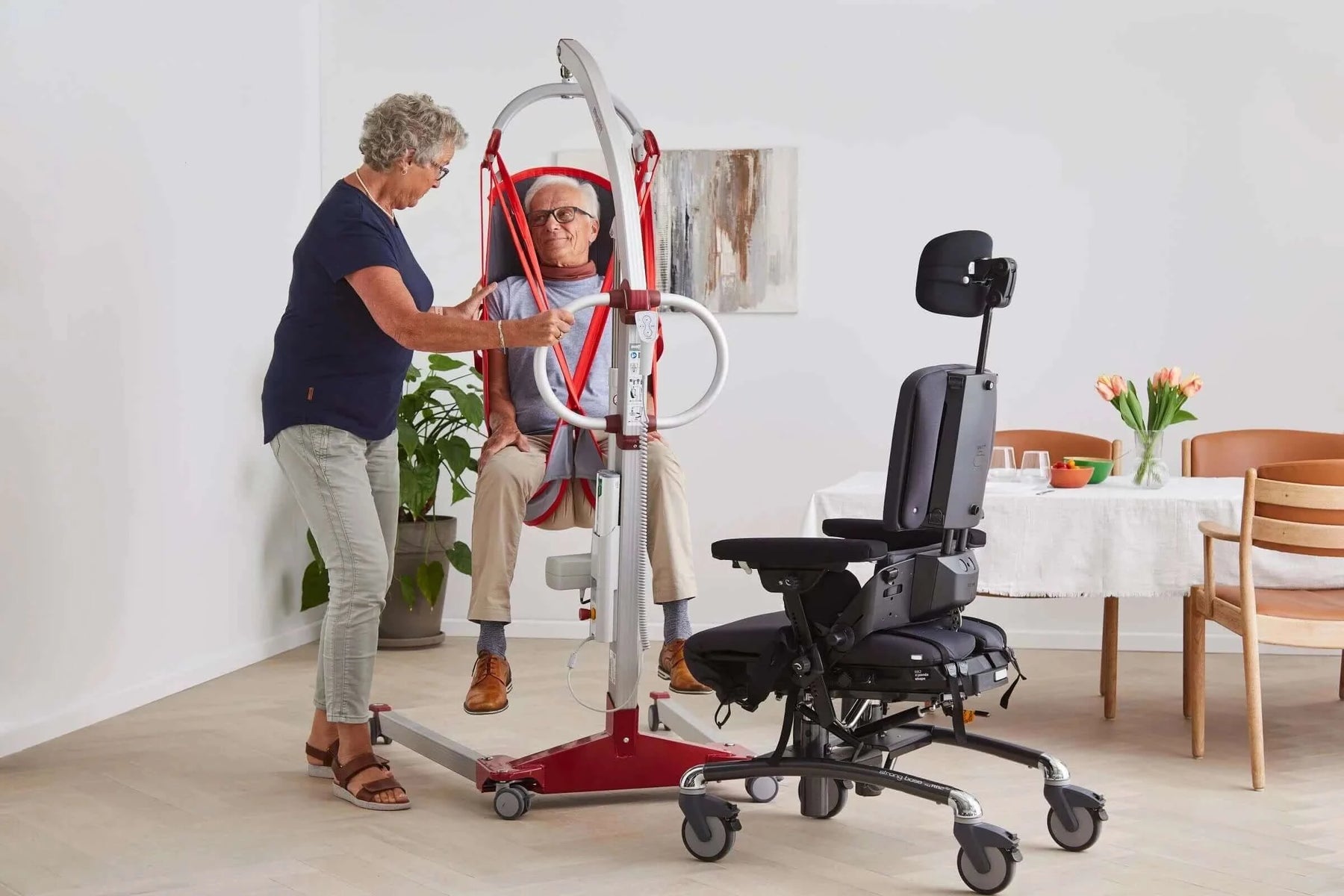
Understanding Patient Lifts and Slings
Hoists, also known as Hoyer and Patient Lifts, as well as the slings that are used with them play a crucial role in providing assistance and support to individuals with disabilities, enabling them to navigate their daily activities with greater ease and independence. Lifts, available in various types, offer versatile solutions tailored to specific needs.
Types of Patient Lifts
- Ceiling Lifts: These are fixed to the ceiling or track systems and allow for seamless transfers in confined spaces, or from room to room, offering optimal maneuverability and convenience.
- Mobile Lifts: Ideal for use in multiple locations, mobile patient lifts provide flexibility and ease of transportation, making them suitable for both home and institutional settings.
- Bath Lifts: Specifically designed for use in bathing and toileting, bath lifts ensure safe and dignified transfers in wet environments.
- Sit-To-Stand Aids - Sit-to-stand aids assist individuals in transitioning from a seated to a standing position, offering support and stability during transfers. These aids are beneficial for individuals who have some weight-bearing ability but require assistance to stand safely.
Types of Slings
- Universal Slings: Versatile and commonly used for general transfers, universal slings provide full-body support and are suitable for a wide range of individuals.
- Highback Patient Slings: Highback patient slings feature additional support for the upper back and head, providing enhanced comfort and stability during transfers for individuals with limited trunk control or upper body strength.
- Lowback Patient Slings: Lowback patient slings offer support for the lower back and hips, facilitating safe and comfortable transfers for individuals who require minimal assistance and have good trunk control.
- Toileting Slings: Designed with openings to facilitate toileting activities, these slings offer added convenience and comfort during bathroom transfers.
- Amputee Slings: Specifically crafted to accommodate individuals with limb loss, amputee slings provide targeted support and stability.
- Disposable and Non-disposable Slings: While non-disposable slings offer durability and long-term use, disposable slings provide hygienic solutions for single-use scenarios.
Proper assessment and customization are paramount when selecting lifts and slings to ensure optimal functionality and comfort. Each individual's unique needs must be carefully evaluated to determine the most suitable equipment for their specific requirements, ultimately enhancing safety, independence, and overall quality of life.
Factors to Consider When Choosing Lifts and Slings
When selecting patient lifts and slings for individuals with disabilities, several key factors must be taken into account to ensure optimal functionality, safety, and comfort.
Weight Capacity
Matching the weight capacity of the lift to the user's weight is crucial. Exceeding the weight limit can compromise safety and lead to equipment malfunction. It's essential to choose a lift with a capacity that comfortably accommodates the user's weight.
Mobility Requirements
Consider whether the lit needs to be mobile or ceiling-mounted. Mobile patient lifts offer flexibility for use in different locations, while ceiling-mounted options maximize space and provide optimal maneuverability in confined areas and room-to-room situations.
Space Constraints
Assessing available space for maneuvering and storage is vital. Ensure that the chosen lift and sling can be maneuvered comfortably within the designated area and stored efficiently when not in use. If you’re looking to store the patient lift, it would be a good idea to consider a lift that has folding capabilities to make storing it easier on you.
Safety Features
Prioritize safety features such as emergency stop buttons, overload protection, and secure locking mechanisms. These features help prevent accidents and ensure user safety during transfers.
Comfort and Support
Select slings with appropriate padding and support to enhance user comfort during transfers. Comfortable and properly fitting slings contribute to a positive experience and reduce the risk of discomfort or injury.
Ease of Use
Opt for patient lifts with user-friendly features such as remote controls, battery indicators, and intuitive controls. These features streamline the operation of the lift and enhance the overall user experience, making transfers more efficient and enjoyable.
By carefully considering these factors, individuals and caregivers can choose lifts and slings that meet specific needs and preferences, ultimately improving mobility, independence, and quality of life.
Benefits of Using Patient Lifts and Slings
Lifts and slings offer a multitude of benefits for individuals with disabilities, enhancing their daily lives in various ways:
- Enhanced Independence: Lifts and slings empower individuals by enabling them to perform transfers and movements with minimal assistance, fostering a sense of self-reliance and autonomy.
- Reduced Risk of Injury: By providing stable and secure support during transfers, lifts and slings help reduce the risk of falls and injuries for both users and caregivers, ensuring safer and more reliable mobility assistance.
- Promoting Dignity and Privacy: lifts and slings facilitate transfers with dignity and respect, allowing individuals to maintain their privacy and dignity during personal care activities, enhancing their overall well-being and self-esteem.
- Versatility: With a wide range of options available, including ceiling-mounted, mobile, and specialized slings, lifts and slings offer versatile solutions tailored to individual needs, accommodating various mobility requirements and environments with ease.
Incorporating patient lifts and slings into daily routines can significantly improve the quality of life for individuals with disabilities, promoting independence, safety, and comfort in their daily activities.
Tips for Proper Installation and Maintenance
Proper installation and maintenance of lifts and slings are critical to ensure their safety, functionality, and longevity. Here are some essential tips to keep in mind:
- Professional Installation: If there’s any confusion when installing, opt for professional installation by trained technicians. Proper installation not only ensures the safety of users but also guarantees the optimal performance of the lifts. Trained professionals have the expertise to assess installation requirements accurately and address any potential issues, providing peace of mind for users and caregivers.
- Regular Inspections and Maintenance: Schedule regular inspections and maintenance checks for lifts and slings to identify any signs of wear, damage, or malfunction. Routine maintenance helps prevent unexpected breakdowns, prolongs the lifespan of the equipment, and ensures consistent performance. Addressing any issues promptly can prevent potential accidents and ensure the safety of users.
- Cleaning and Hygiene Practices: Maintain cleanliness and hygiene when using lifts and slings to prevent the spread of infections. Regularly clean and disinfect the equipment, including the slings, to remove any germs or contaminants. Follow manufacturer guidelines for proper cleaning procedures and use appropriate cleaning solutions to avoid damaging the equipment. Additionally, ensure that slings are laundered according to instructions to maintain their integrity and hygiene.
By prioritizing professional installation, regular maintenance, and proper cleaning practices, users can maximize the safety, functionality, and lifespan of patient lifts and slings, ensuring reliable assistance for individuals with disabilities.
Conclusion
Navigating daily activities with a disability often necessitates specialized equipment to ensure safety, independence, and comfort. We explored the vital role of patient lifts and the slings that accompany them in enhancing the quality of life for individuals facing mobility challenges.
Our goal is to provide invaluable insights into selecting the most suitable lifts and slings tailored to diverse needs, empowering individuals and caregivers with informed decision-making. From understanding the different types of patient lifts and slings to considering factors such as weight capacity, mobility requirements, space constraints, safety features, comfort, and ease of use, we've highlighted key considerations to keep in mind.
Choosing the right patient lifts and slings is critical to have a high quality of life for the patient, as it directly impacts safety, functionality, and overall well-being. We encourage you to explore the options available and to seek our assistance if needed - you can always call our Reliable Team at 888-307-1839, and we’ll be happy to get any questions answered for you.
By prioritizing careful assessment, proper installation, regular maintenance, and adherence to hygiene practices, individuals with disabilities can maximize their independence and quality of life with confidence.
Let Us Know What You Think!
Your thoughts and questions are incredibly valuable to us, and we'd love to hear from you. If you have additional insights to share, your comments can spark meaningful discussions and enhance the collective knowledge of our community. Don't hesitate to ask any questions you may have; our team is here to provide answers and engage with you. So, please, take a moment to leave a comment or question below. Your input is much appreciated!



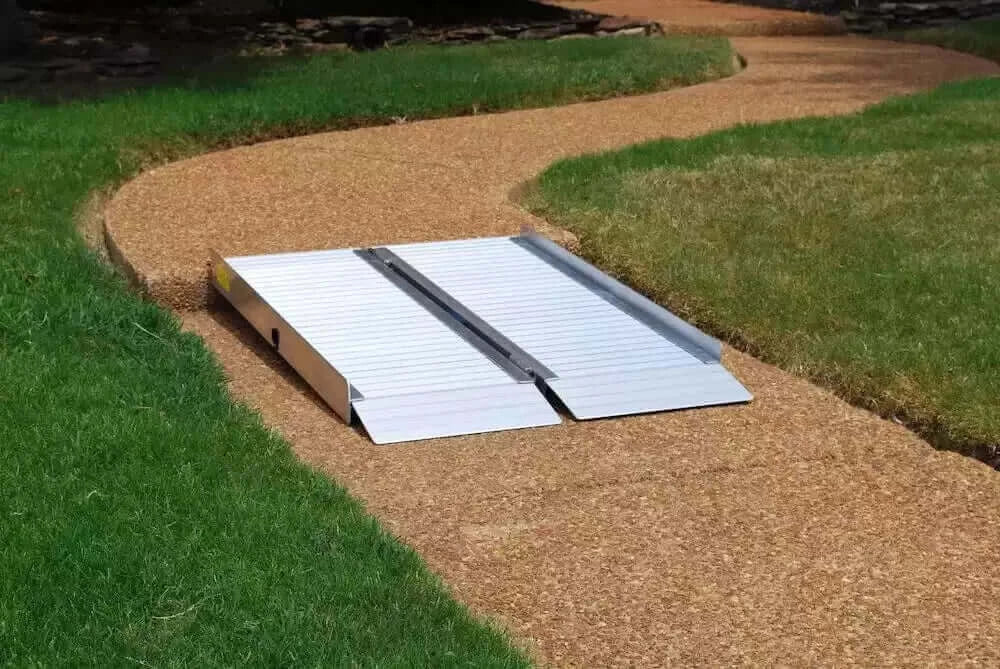

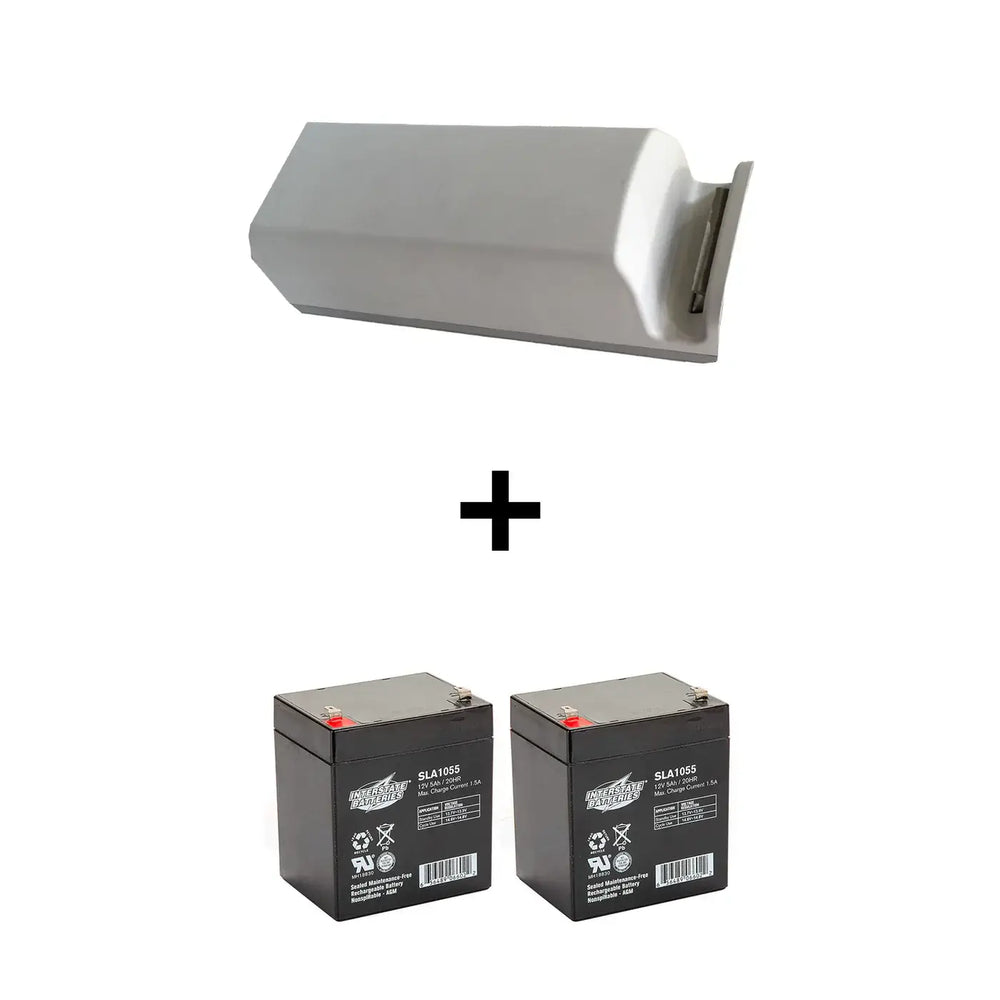

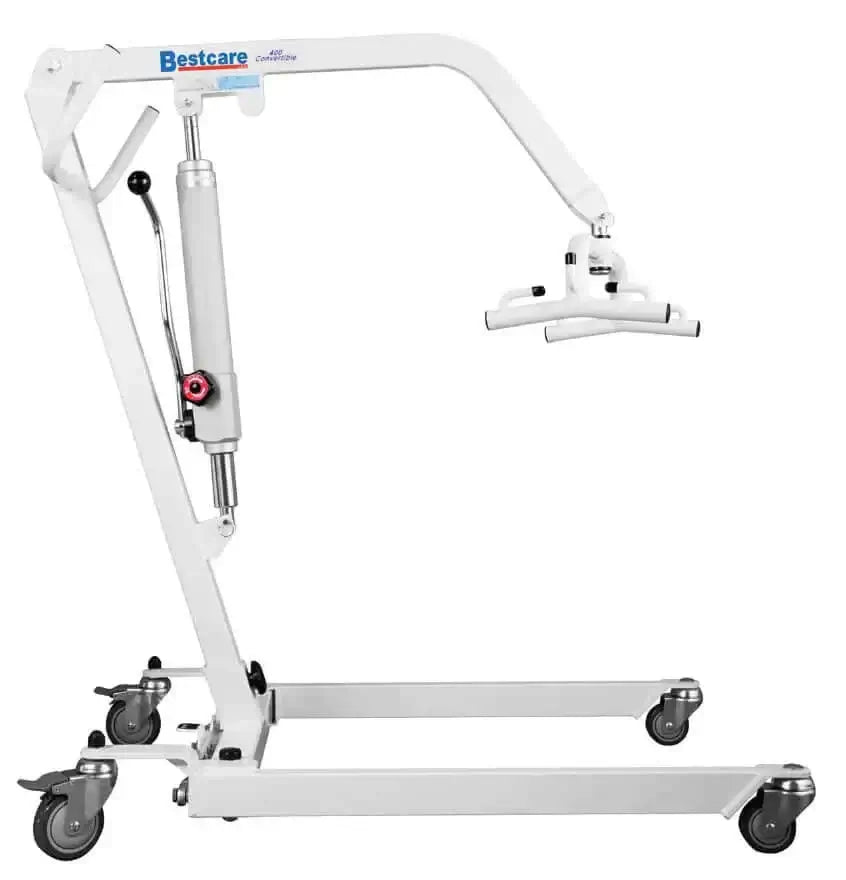
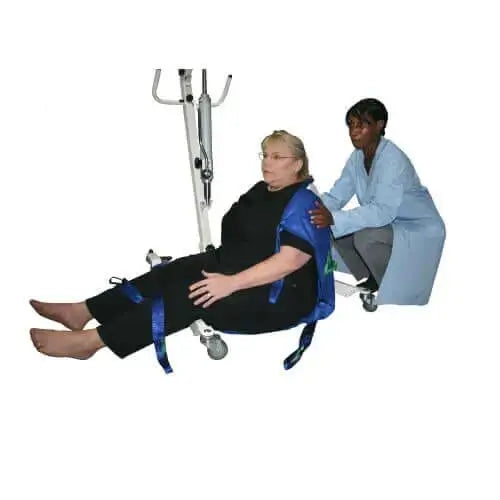
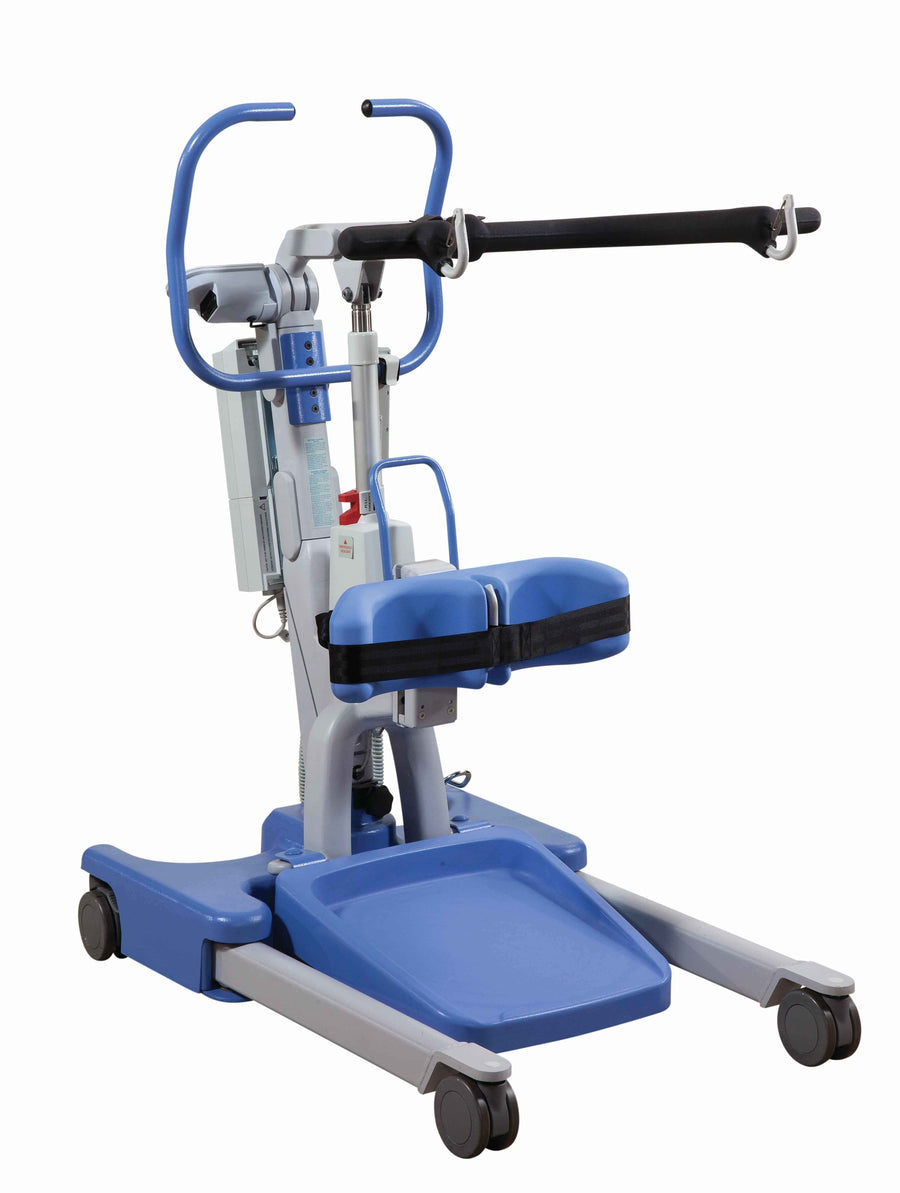
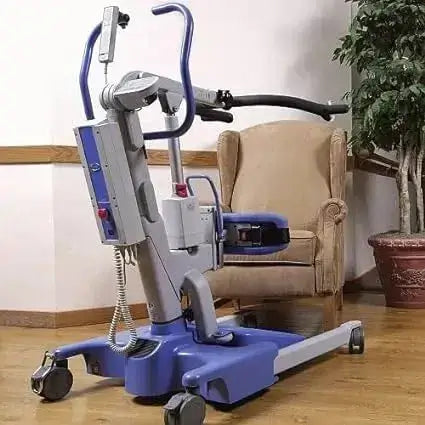
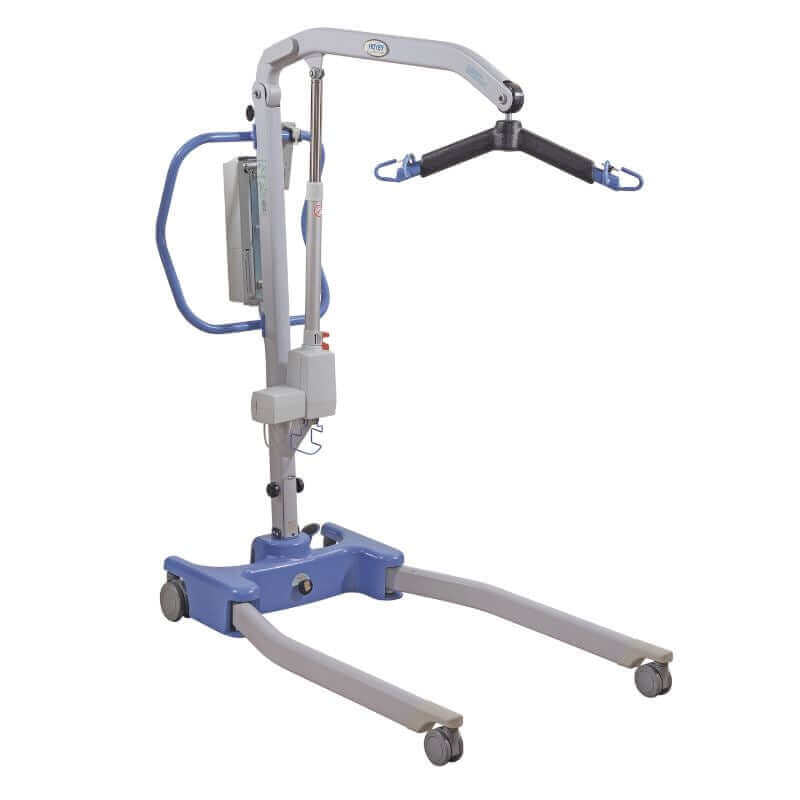
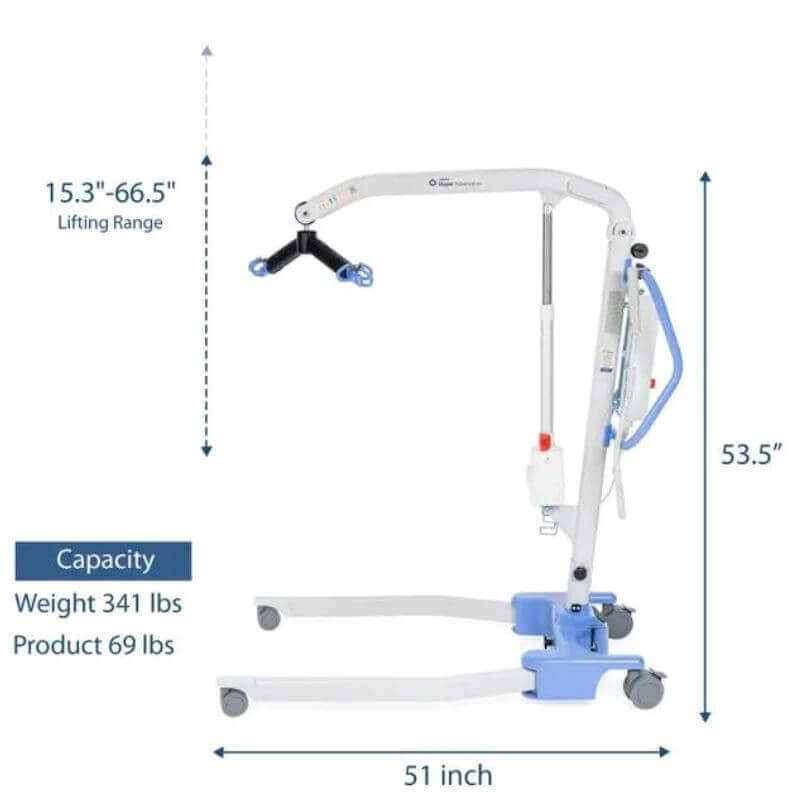
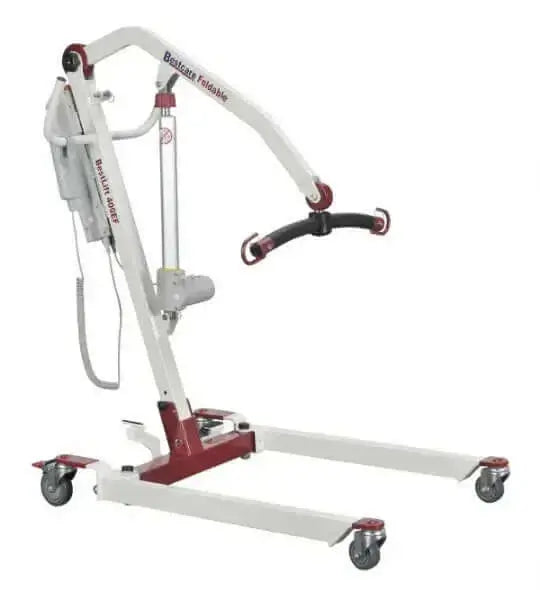
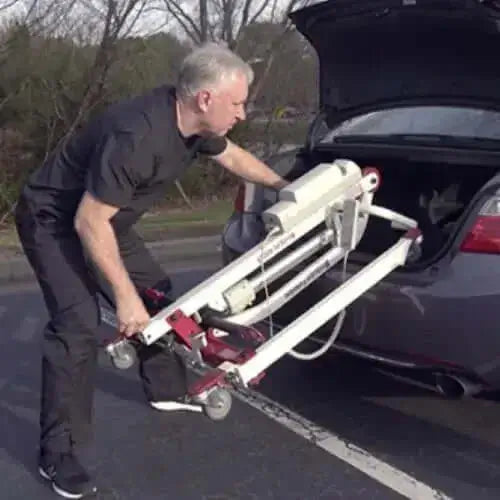
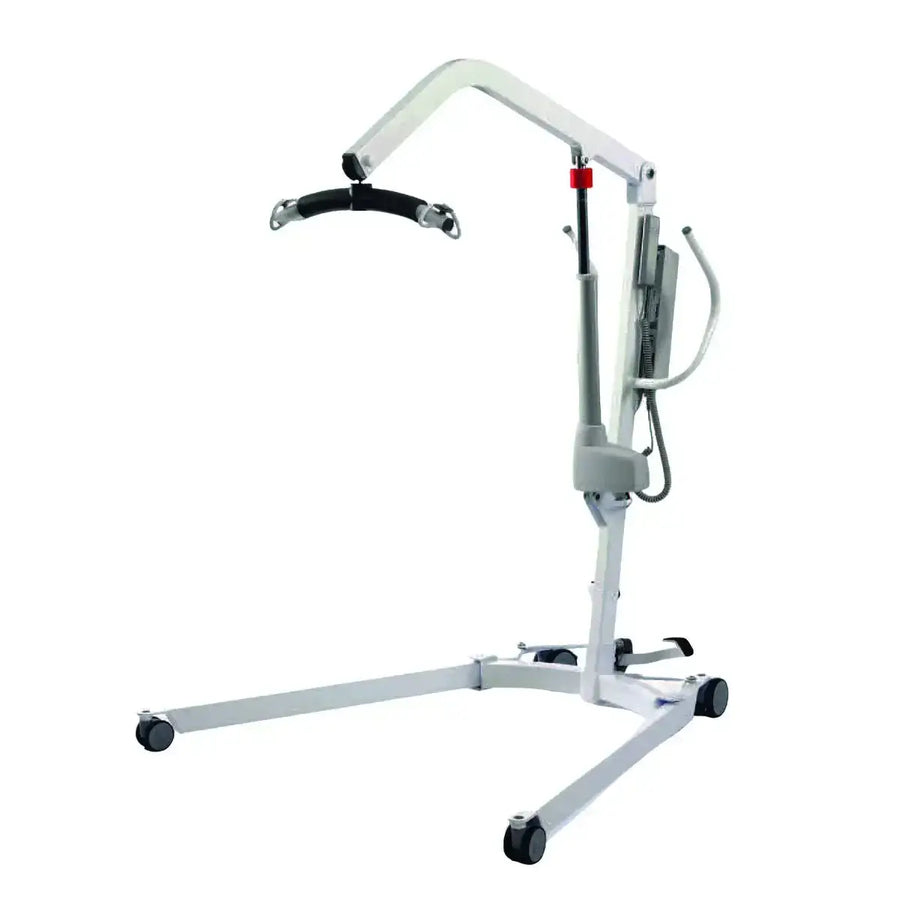
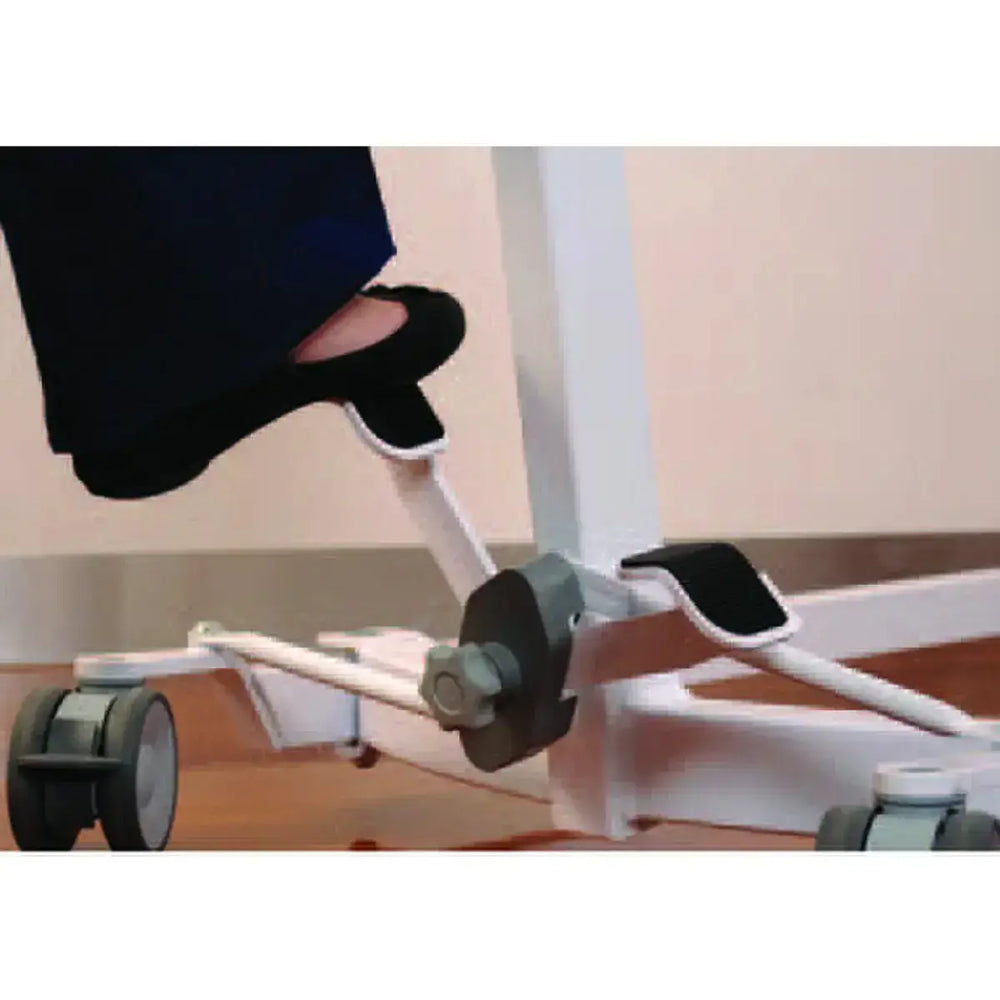
Leave a comment